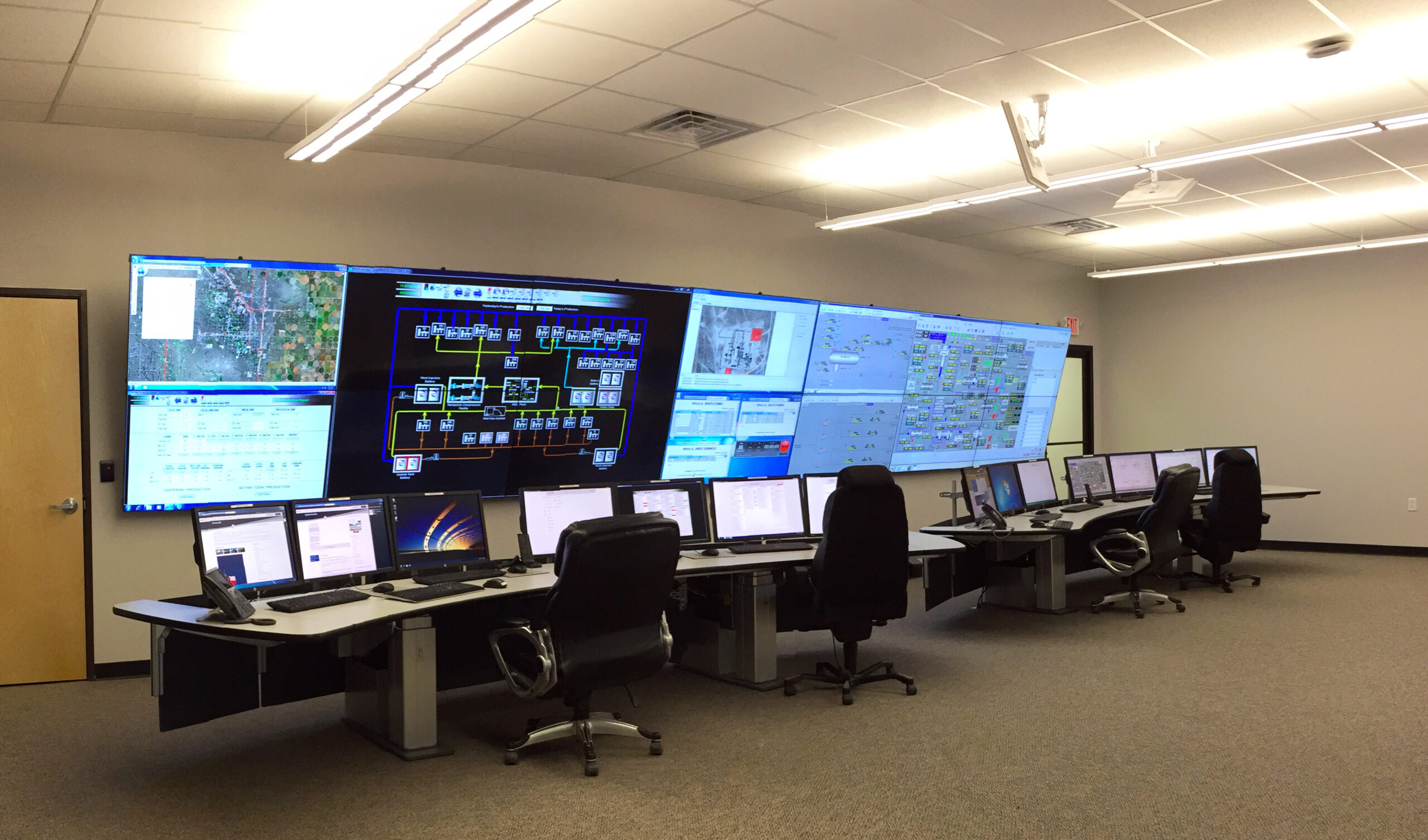The Role of Technology in Modern Control Room Design

As the demands on control room operations grow, the role of technology in driving success has become more critical than ever. Integrating the latest technology into modern control room design is no longer just an advantage, it’s essential for enhancing efficiency, safety, and performance.
Here’s a closer look at how technology is transforming control room environments:
Enhanced Visualization and Data Integration
Operators in modern control rooms rely on real-time data to make crucial decisions. Advanced display systems, video walls, and multi-screen workstations allow operators to view multiple data streams, surveillance feeds, and system statuses at once. The ability to visualize large amounts of information quickly helps operators identify trends, detect issues, and make informed decisions on the spot. Incorporating state-of-the-art display technologies ensures that operators have immediate access to the information they need, improving situational awareness and response times.
Many of our customers have embraced the idea of integrating data sources by using the weytec smart keyboard. An operator can access data sources on any network from a single SMART keyboard. Minimize the console footprint and improve situational awareness by managing all data sources into a large display with this smart device. https://www.weytec.com/en/
Smart Workstations and Ergonomics
As control rooms become more technology-driven, workstations are becoming smarter and more ergonomic. Adjustable desks, chairs, personalized lighting, and touch-screen interfaces are being integrated to meet the specific needs of operators, helping to reduce fatigue and boost productivity. Ergonomics play a crucial role, particularly in environments where operators spend long hours in front of screens. Designing spaces that support comfort allows operators to stay focused and perform efficiently during critical tasks.
Advanced Communication and Collaboration Tools
Seamless communication is the backbone of any control room. Modern operations require coordination between teams, departments, and even geographically dispersed locations. Advanced communication systems, like VoIP and integrated collaboration platforms, enable real-time communication and data sharing between operators and field teams. Integrating these tools into the design ensures that operators can share critical information instantly, enabling faster decision-making and more coordinated responses to dynamic situations.
Cybersecurity and System Protection
With the increased reliance on digital tools, robust cybersecurity measures are vital. Control rooms must be designed to safeguard critical infrastructure from cyber threats. Incorporating strong cybersecurity protocols into control room systems is essential to protect sensitive data and maintain operational integrity. Protecting control room technology from breaches or disruptions ensures uninterrupted operation of essential services.
Designing the Control Room of the Future
As technology evolves, so must control room design. By integrating cutting-edge technologies, control rooms can optimize performance, enhance safety, and meet the challenges of today’s complex operational environments.
